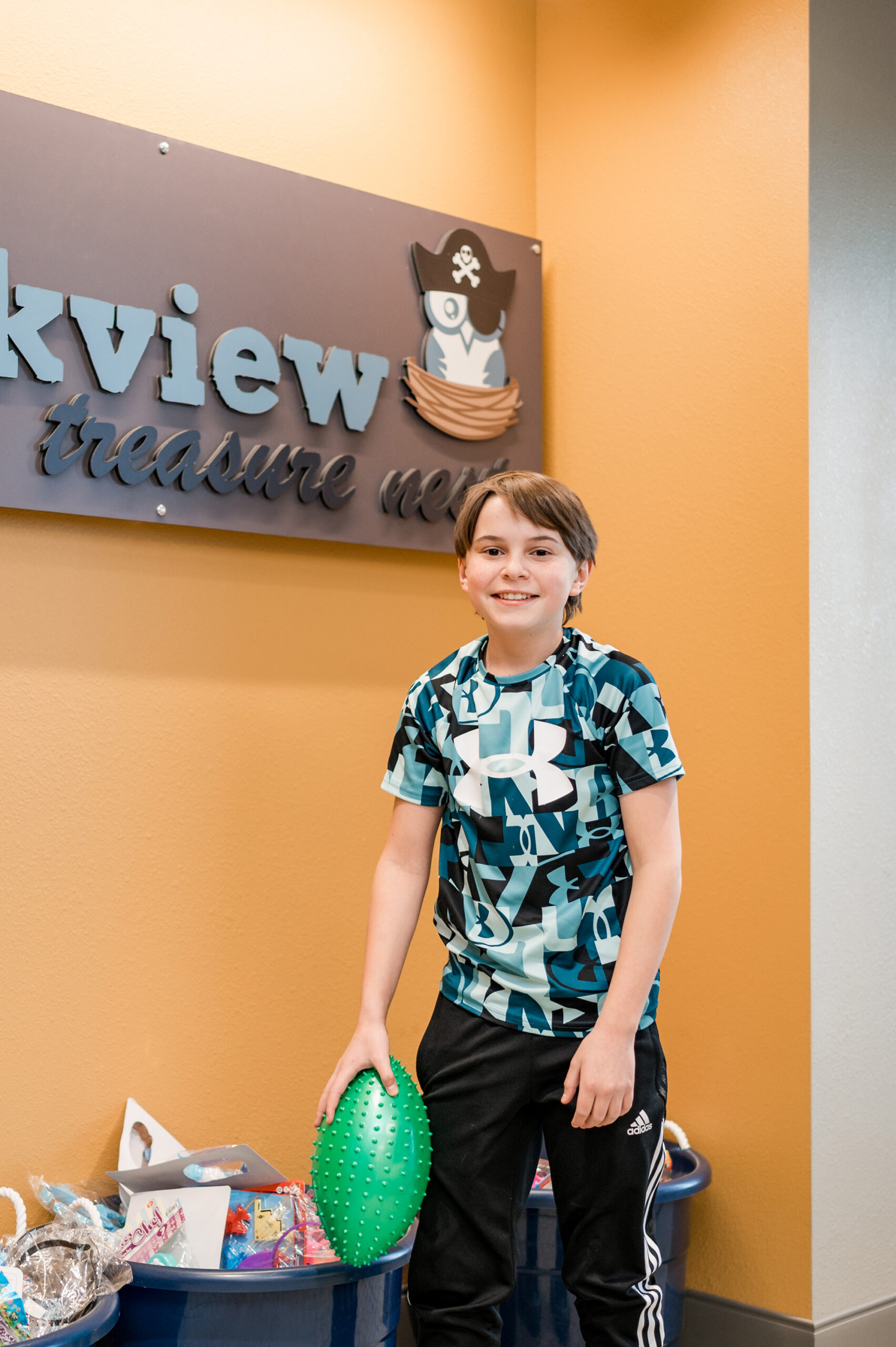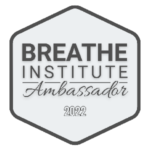Infants and Toddlers
The most important part of an infant exam is our time talking with you, the parent! We know that each child can have a different set of difficulties. There are no “one size fits all” recommendations at Parkview Pediatric Dentistry. We work to help you through the specific challenges you face, whether it is how to brush teeth, how to get rid of pacifiers, or how to choose healthy foods. We are parents who have gone through the same difficult times of raising children, and we are excited to meet you and be a resource for your questions.
What does an exam look like for an infant or toddler?
Our exams are completed in the Knee to Knee position (see pictures) so that your child can stay comfortably in your lap. Knee to knee positioning also allows you to see everything we are looking at in our exam and point it out. Many parents find it very informative!
What is checked for in an infant and toddler exam?
Strength of Teeth:
Following the cleaning with our wireless dental “toothbrush,” we carefully check each tooth for strength. Some teeth naturally have soft spots (hypoplasia) or pits and fissures (cracks and gaps) that make them more susceptible to dental decay or breakdown.
Angle of Teeth:
We also check for the angulation of the teeth coming in. Teeth are sometimes coming in at a completely different angle or direction than expected. The growth angle is related to various habits such as thumbsucking, pacifier use, mouth breathing, etc. It can also be the result of an altered relationship between the top and bottom jaw.
Cheeks, Tongues, and Everything Else!
Lastly, we look at all the tissues inside and around the mouth to ensure everything is healthy and developing correctly.
What are dental intervention options for babies and toddlers?
In infants and toddlers, our goal is to prevent dental decay from starting. However, we have many non-invasive measures we can take to stop or slow the progression of dental decay as well!
If early decay is present, we usually see our patients back more frequently than usual to check-in and ensure the teeth are staying healthy.
We can also utilize fluoride varnish to remineralize early tooth decay. Other options include “silver diamine fluoride, ” a fantastic medicine used if the dental decay is already getting worse.

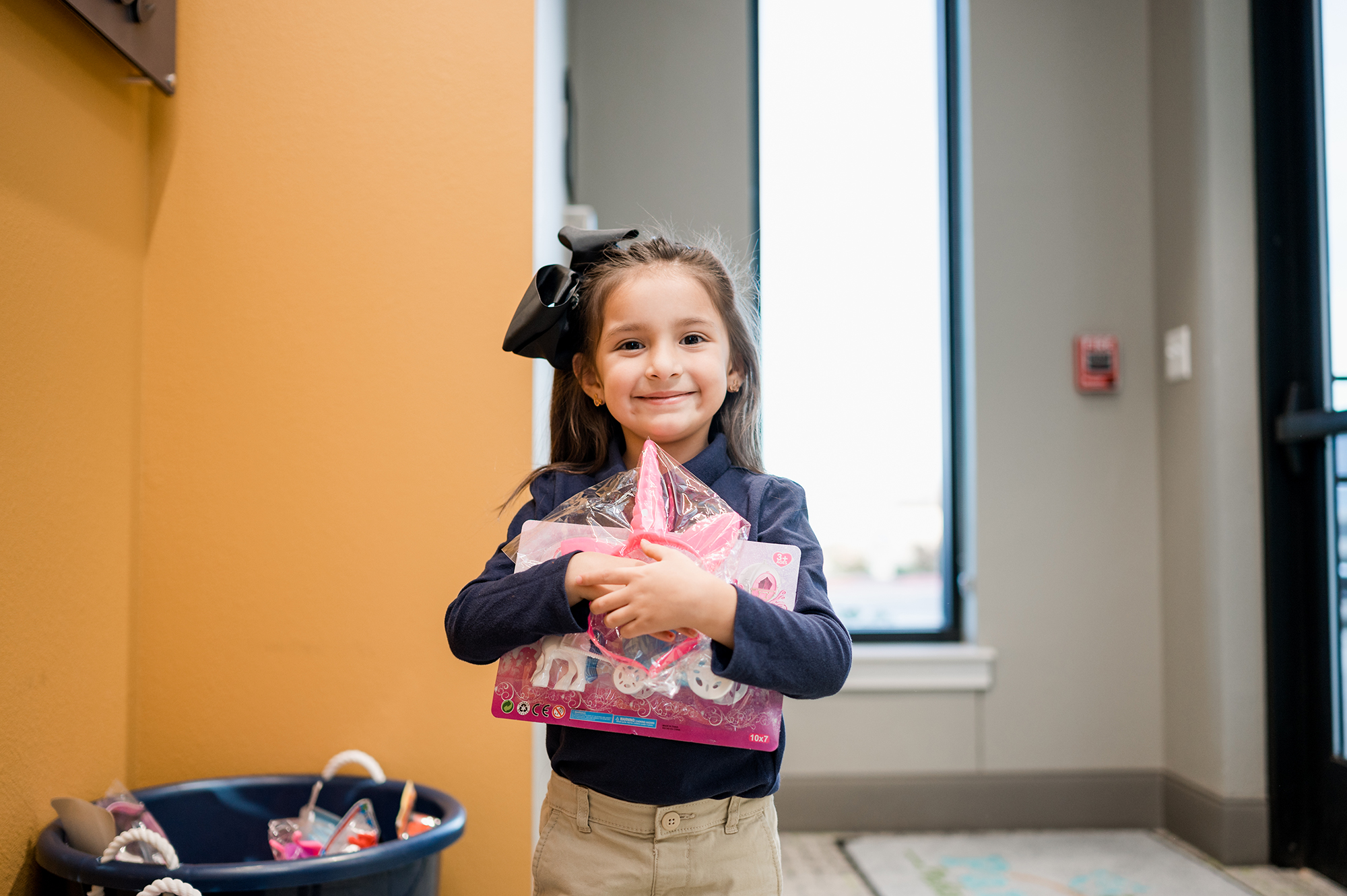
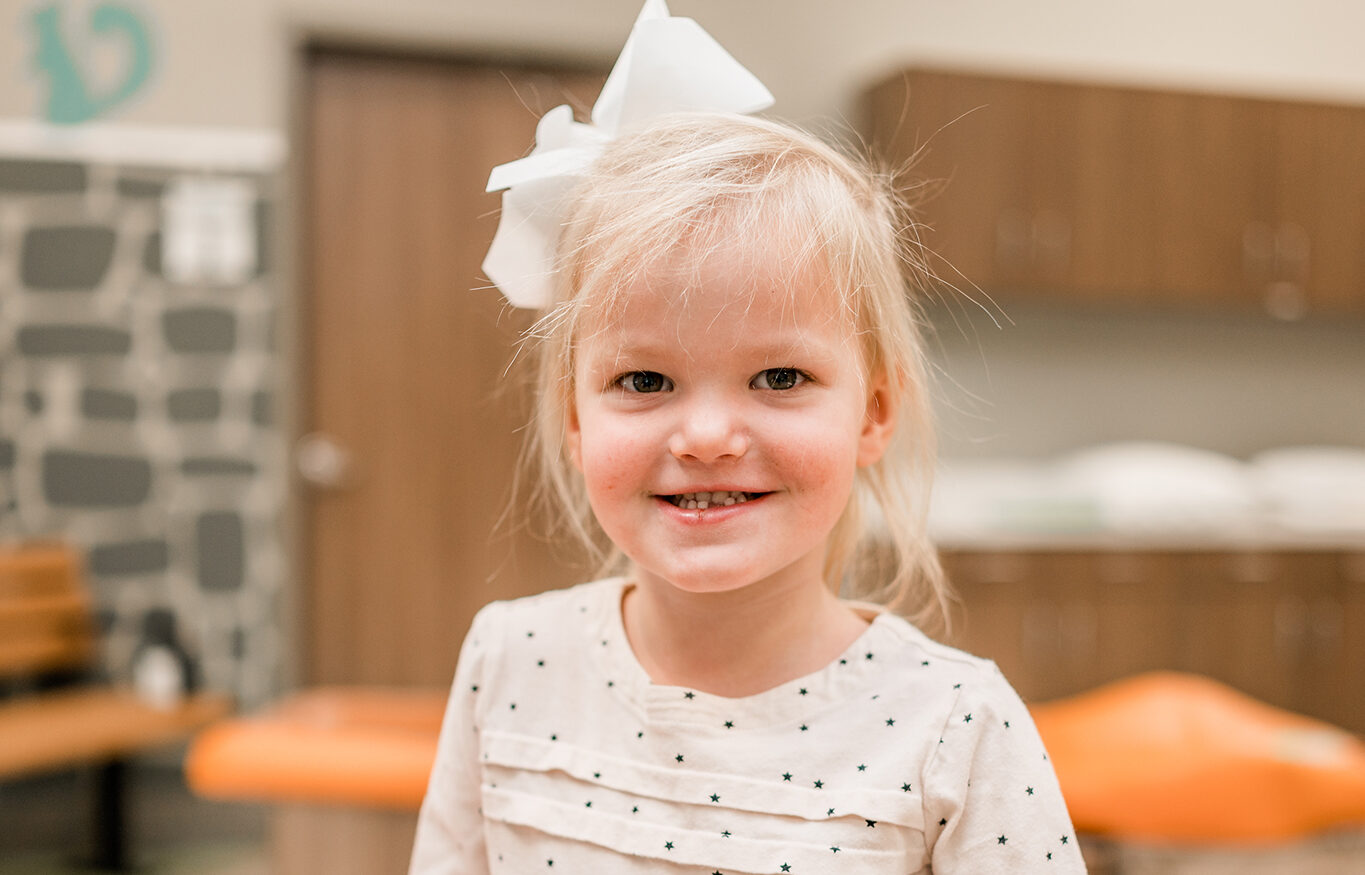
Children
What does a dental exam look like for children?
All children have specific people, toys, and activities they get excited about or are afraid of. Knowing this, we are completely flexible when it comes to completing dental exams. We aim trips to the dentist to not be scary. To accomplish this, we have literally completed exams on the floor, in our playroom, in a stroller, in the parking lot, and even in a car. We care to help keep your child comfortable in our office so they can master their dental check-up and understand the importance of healthy teeth for their lifetime.
Around age 3, all baby teeth have come in and closed the spaces between teeth. This makes three years old a great time to take the first radiographs (x-rays) of teeth! We evaluate the growth and development of the adult teeth and visualize spaces between teeth that we can not see or feel with our instruments.
Following the x-rays, there is an exam completed in our special dental chairs made specifically for children! They are a flat bench with a soft headrest pillow that can be flat or reclined, and there are even headphones for the tv on the ceiling! Our hygienists show your child every step of the cleaning process so they can be comfortable and understand what is happening. We call this Tell, Show, Do!
What are we checking for during a Children’s Dental Exam?
In our exam, we are looking at teeth and gums to make sure they are healthy and strong. We also check the jaws’ growth and development and help assess the potential long or short-term needs of orthodontics. In our practice, we can complete some early small orthodontics work. However, we work with some fantastic local orthodontists and can help prepare and guide you if that’s what your child needs.
What are dental intervention options for children?
Education:
Our first course of action is always education. We know that as parents who love their children, we’re all trying hard to do a good job. However, you can’t know everything! That’s where we would like to come alongside you to help establish good practices for now and the future through guidance and education.
Tooth Decay:
If there is tooth decay or misformed teeth that require fixing, we can address these issues in-house.
Some options available include:
- Remineralization therapies such as fluoride varnish
- Silver diamine fluoride to slow or stop the decay
- Filling material
Restorations:
Fillings: We offer all-white fillings that bond to the tooth and restore the tooth area with the cavity.
Crowns: For larger decay areas, a crown covers the entire tooth and protects from future decay or breakdown. We have silver (surgical grade stainless steel) options or all white ceramic (zirconia) crowns.
Extractions:
When a tooth is broken so badly it can’t be fixed or has an infection that has traveled to the central part of the tooth(aka an abscess), we can recommend taking this tooth out.
We talk about “wiggling the tooth out” instead of “pulling” or “yanking.” We aim to avoid language that can be scary to kids. All children have “wiggled” out a baby tooth, though! Sometimes, we use space maintainers to serve as a replacement for a removed tooth. This small piece prevents the movement of the other teeth into the area where the tooth was removed.

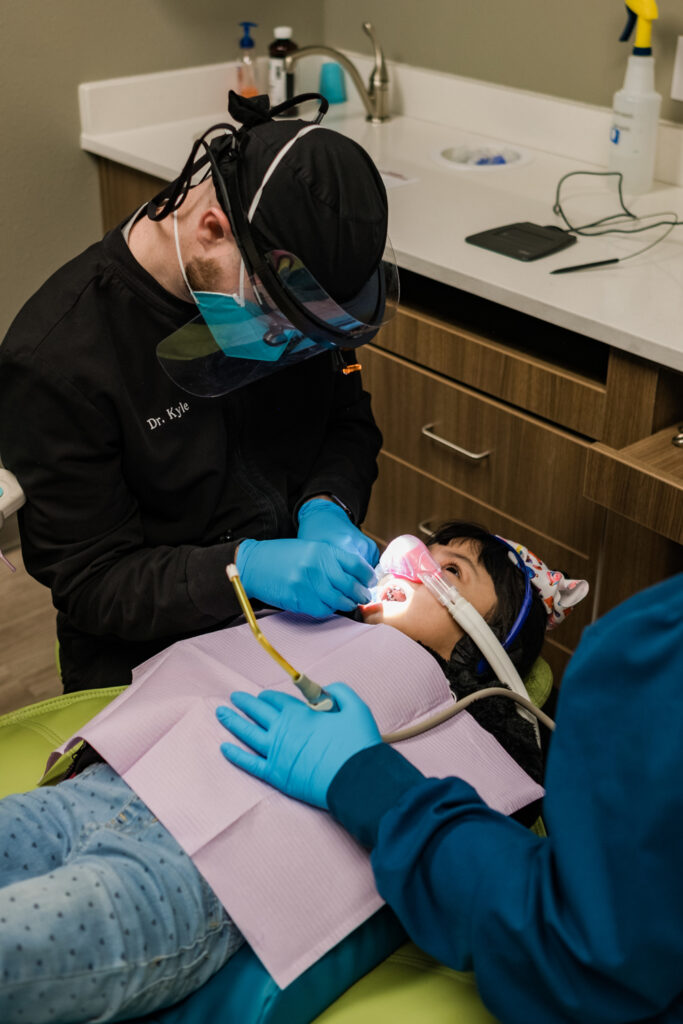
How we calm fears at Parkview Pediatric Dentistry
Our office only sees children! As a result, we can tailor our treatments and atmosphere to serve them best! While we can offer sedation and anesthesia, we pride ourselves on completing our services without the need of sedative medicines.
Techniques to help calm fears
1) We allow the child to be in “control.”
We routinely offer options of “would you like this or that.” Either option is acceptable treatment, but the choice allows them to have a say, be involved, and calm fears.
2) Tell, Show, Do.
1. First, we TELL them about the process,
2. Second, we SHOW them what we are doing to do
3. Third, we DO it just as we’ve shown and said!
We always use age-appropriate terms they can understand, which also helps to put their mind at ease.
3) Distraction
We use TVs on our ceilings, funny stories, silly questions, and anything else we can think of to distract them from their worries. Distraction techniques help us to quickly complete the appointment before they have the opportunity to get too concerned or scared.
4) Parent Involvement
We enjoy having you in the treatment room with us, so your child can sense your presence and feel comforted knowing you are around.
Medications to help calm children:
For certain procedures and patients, there is a need for sedation or anesthesia.
1) Nitrous Oxide:
Nitrous Oxide is also known as “laughing gas.” Using nitrous oxide helps calm the patient, has pain control properties, and many times allows us to complete care without the need for any or as much numbing medicine. It takes about 5 minutes to start working and 5 minutes to wear off!
2) Oral Conscious Sedation
For children with higher anxiety, we have the option to offer “oral conscious sedation.” This is a liquid sedative drink that begins working anywhere between 15 min to an hour. Your child will feel sleepy but won’t be asleep. Sleepiness can last 2-8 hours after the procedure.
3) General Anesthesia.
General anesthesia can be completed in our office or in a hospital setting. It is reserved for the most severe cases or most apprehensive children. Our anesthesiologist and recovery nurse in our office are exceptional! While we believe this is a great option when needed, we work directly with you to determine if this is the best method of care for your child.
With all treatment options, we are happy to answer any questions you have in detail for whatever treatment method is recommended for your child.
